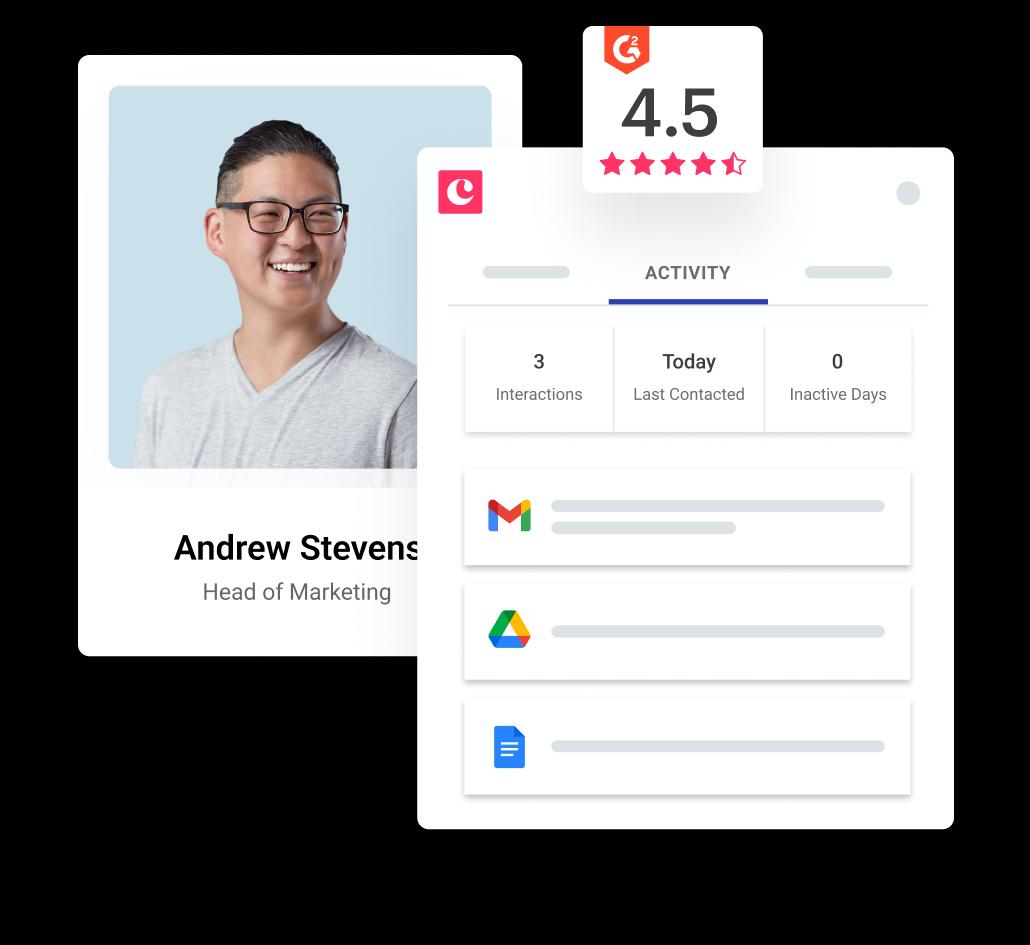
Shabnam Kakar
Contributor
Having your company participate in trade shows is a great way to boost brand awareness while sussing out what the competition’s doing. It can also be a highly rewarding means of attracting a bunch of new leads.
But attracting them is one thing—converting them into sales is a whole ‘nother ball game.
Simply getting leads isn’t enough to turn them into paying customers; you need to have a plan, and that’s where this blog post comes in. Keep reading for tips on what companies can do both during and after a trade show in order to turn the leads you generate into actual sales.
While at the tradeshow...
It all starts at the booth.
According to the Center for Exhibition Industry Research (CEIR), leaving a memorable impression at trade shows is super important, because it can help influence future purchasing decisions among trade show attendees. This is because your brand will already be familiar to them—and in a good way!
So, don’t underestimate the importance of a well-designed booth.
Here are some tips to help your booth make an impact at the show.
- Call dibs on a good spot. Where your booth is located at the trade show can affect the number of people who notice you, which in turn will affect the number of leads you get. Try to get a spot by the concession stands or the end of an aisle, as these places tend to get a lot of foot traffic. The best spots go fast though, so reserve ASAP.
- Bigger is better. Yep, we said it. That CEIR study also found that trade show attendees are more likely remember your booth if it’s physically bigger than the rest. So, go as big as your budget will allow you to.
- Hire a pro designer. It’s not a knock on your artistic ability—it’s the fact that you can only go so far with poster paper and print-outs. Hiring a professional designer for your booth can give your brand a strong competitive edge in the appearances department. Like this:
Yep, definitely going to need a pro booth designer to pull off something like this.
Have a pre-qualification checklist.
Before you even get to the trade show, you should have a profile created of your ideal lead. What are they like? What are they looking for? What are they trying to accomplish?
This profile is what the salespeople at your booth will be on the lookout for when interacting with visitors at the trade show.
To do this, your booth team should have a set of qualifying questions they ask visitors to find out if they match the profile or not. This way, they’ll be able to focus their efforts as effectively as possible.
For example, say your company sells unique (and rather flashy) socks. Your ideal lead profile might sound something like this:
- Clothing retailer specializing in trendy clothing
- They’re popular among the younger demographic
- Their goal is to expand their product offering by connecting with other cool brands
This right here is your pre-qualification checklist, and will help ensure the leads you’re getting are warm ones.
Capture leads in a way that’ll make your life easier later.
In other words, use lead capture technology and automate anything admin-ish.
Forms software like Google Forms or Typeform can be set up on a laptop or tablet at your booth. The perks of using these programs is that they can be integrated with your CRM, automatically feeding it any information that goes through them. Which means—you guessed it—no need for manual data entry after the trade show.
Here's how lead management looks in Copper, for example:
Ideally, each sales rep at your booth will have a device on them with the lead capture form set up on it. That way, they can pull their devices out as soon as a visitor they’re speaking with passes your pre-qualification checklist and ask them to fill out. Lead captured.
Once they’re in your CRM, your leads can automatically be assigned to appropriate sales reps or thrown into an automated email nurture campaign. Learn more about how to manage your trade show leads.
After the trade show...
Make an impact with that first email.
Your booth was your first shot at making a good first impression. Your follow-up email is your second shot. Your goal is to hit a double whammy.
Here are some key points to incorporate into your follow-up emails:
- Follow up ASAP. It’s totally understandable to be tired after a trade show, but you can’t truly rest until those leads are followed up with. That’s because the longer you wait to follow up with them, the colder they get. So send those follow-up emails as soon as you can. You’ll be glad you did later.
- Personalize your emails. Personalizing your emails starts with the subject line. Getting them to open your email is half the battle, so make sure it’s something that’ll catch their eye. Once they’ve opened it, continue the personalized experience by addressing them by their name, mentioning the trade show where you met, and—if possible—sprinkling in some snippets of the conversation you had with them at the trade show to show you remember them. This will make your email seem like less of a sales effort and more of letter from a friend—aka. a letter worth replying to.
- Include a call-to-action (CTA). Each email you send out should have a goal and a single clear CTA to get recipients moving toward that goal. For example, if your goal is to get the lead to shop your online store, include a clear link encouraging them to visit your website.
- Then, follow up at least four more times. Studies have shown that 80% of sales require at least five follow-ups before they’re closed. So don’t give up before then! Ideally, you should have your sales cadence of emails all planned out and scheduled in your CRM and/or email automation software ahead of time. You can learn more about creating a (non-annoying) sales cadence here.
Prioritize + score your leads.
Even with your pre-qualification checklist, you’re still going to get leads at various temperatures ranging from hot to cold.
Prioritizing and scoring your leads will help make sure that you’re putting the majority of your effort into the hot leads first.
Because lead quality > lead quantity.
Think of it this way: going back to our sock company example, there were the people who just glanced at the socks you had on display, and then there were the people who reached in to feel them, asked you how much they cost, and what your website URL was.
The latter is who you want to prioritize. This is because they clearly showed more interest in your product in the first place than the former group, and therefore are more likely to make a purchase.
So how do you keep track of which leads to prioritize? By scoring them, that’s how.
Lead scoring quantifies a lead’s potential interest in your product or brand by assigning points based on predetermined scoring factors. Basically, the higher the score, the more likely they are to buy your product.
An example of a scoring factor could be previous interactions with your brand. If this isn’t a lead’s first encounter with you, you may choose to prioritize them higher than someone who just discovered you.
Similarly, you can also knock points off a lead if they don’t meet certain criteria. For example, if they live in a region your company doesn’t operate in, you might want to subtract a few points.
In this example, the middle lead would be prioritized most highly because they have the highest lead score.
You’ve got this trade show in the bag.
By relying on these tips—and the awesomeness of your products—you’re well on your way to converting those trade show leads into customers.
Now go get that ROI!










